It is hard to hide the veins in your legs when you have a translucent skin tone. Visible veins become more prominent if you are involved in heavy physical activities like weight lifting.
An unattended visible vein in your legs can give rise to pain, swelling, and other health issues related to improper blood circulation. It is essential to identify and take timely treatment to remove it from your body.
Read on to know more about the safety procedures in removing transparent veins from the lower part of your body.
What are Visible or Transparent Veins?
Veins play a vital role in supplying nutrients and in blood circulation within the body. Visible veins are more prominent on the legs and feet of your body.
They are not just unpleasant to the eyes but can cause many health diseases when left untreated.
Factors Responsible for This Condition
Here are some reasons that can cause bulging veins on your legs.
Skin Complexion
If you have a pale or a fair skin tone, you may see more veins outside the body.
Physical Exercises
When you are involved in physical activities, your blood pressure increases. Exercising makes more blood pumping through your body. It can make veins visible when they are filled with blood and pushed against your body.
Aging
With growing age, the fat layer in your body starts thinning. It becomes difficult to hide veins under thinner, less elastic skin.
Medications and Health Issues
Medications like steroids and birth control tablets can result in protruding veins in the legs and feet.
Climatic Conditions
An increase in atmospheric temperature can cause the veins to dilate and expand. With blood filling inside them, you may notice blue-colored veins on the lower part of your body.
Genetic
If there is a family history of visible veins, you are more prone to this medical condition.
Types of Visible Veins
A recent study found that around 90 percent of adults are prone to spider veins, 80 percent can contract reticular veins, and over 50-60 percent will develop some venous circulation problems at some point in their lives.
Here are a few common types:
Varicose Veins
These large, swollen blood vessels develop in the legs and can be seen through the skin. Improper flow of blood and malfunctioning of the valves result in varicose veins.
You may experience severe itching, leg pain, bleeding, or burning sensation in the affected area. Varicose veins can result in painful blood clots in the ankle area called thrombophlebitis.
Spider Veins
These are thin, tiny veins that can be seen under the surface of the skin. They can indicate an underlying vascular disease. Also known as Telangiectasias, these are caused by unhealthy valves inside the feeder’s veins.
These veins flow blood backward instead of sending it towards the heart and cause a feeling of heaviness in the legs along with nighttime leg cramps.
Ways to Treat Varicose and Spider Veins
There are several ways to treat varicose and spider veins, depending on the severity of the problem. You can treat painfully visible veins at trusted treatment centers in the US.
Wear Support Stockings
Wearing a proper-fitting support hose can ease the pain and discomfort to a great extent. You can purchase these stockings at local surgical supply stores.
Changes in Lifestyle
Maintaining a healthy lifestyle like good skin hygiene, a balanced diet, losing weight, and exercising can help manage mild varicose and spider veins symptoms.
Sclerotherapy
It is a popular treatment suggested by dermatologists. The doctor injects a saline solution made with a special detergent inside the veins.
The injection makes the walls of the vein stick together to restrict blood flow. It improves blood circulation in the legs. The veins disappear within weeks.
It is the safest outpatient treatment to treat spider veins.
Endovenous Laser Treatment
In this procedure, the doctor inserts a laser fiber inside the veins. Then, they direct laser beams with ultrasound causing them to collapse.
This process is done under the effect of anesthesia.
Radiofrequency Ablation
The method is used to treat more prominent varicose veins. A small catheter is inserted inside the veins, which delivers radiofrequency energy to the vein wall. It causes it to heat up and closes off the diseased vein.
Varithena
It is a minimally invasive procedure where a small injection of polidocanol foam is given on the vein. The microfoam seals the section of the vein and directs the blood to other healthier veins.
Conclusion
Although visible veins are a common problem, neglecting the signs and symptoms can result in complicated health conditions. Hence, it is advisable to identify and treat the damaged veins on time.

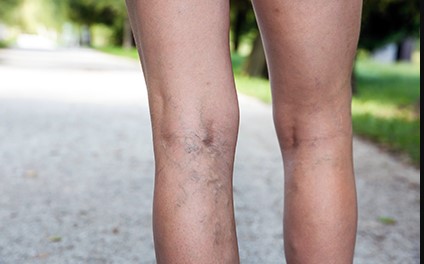
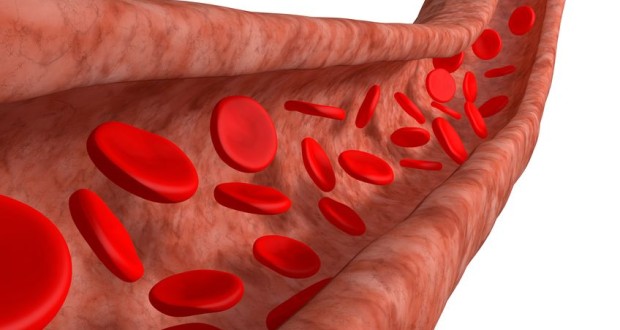



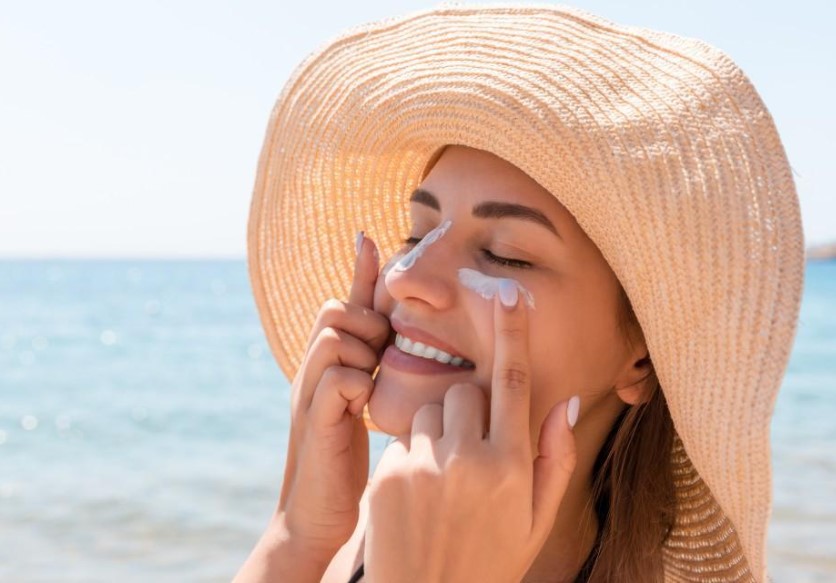
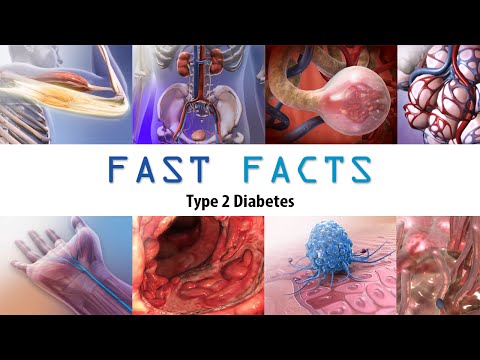

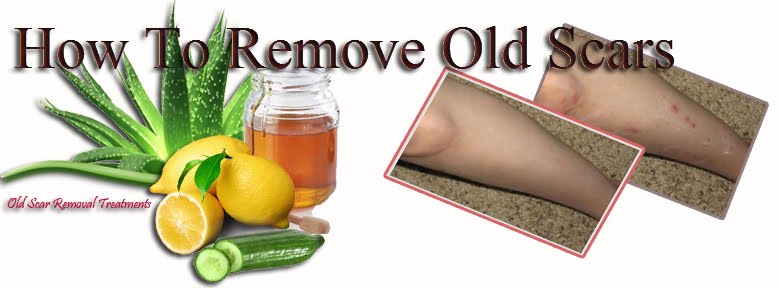
Pingback: What Does A Pain Management Doctor Do? - Billboard Health